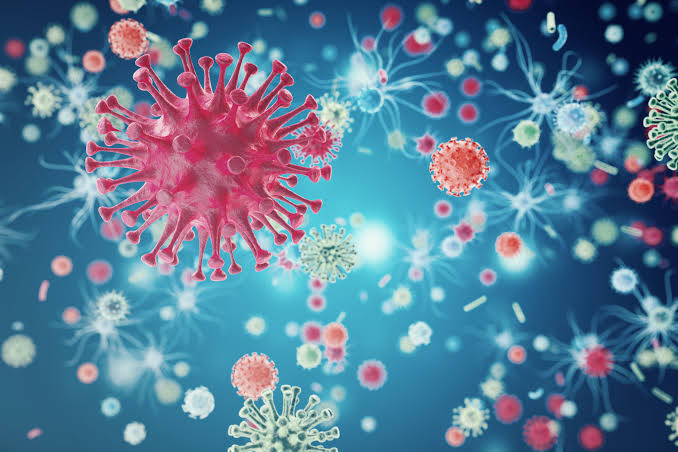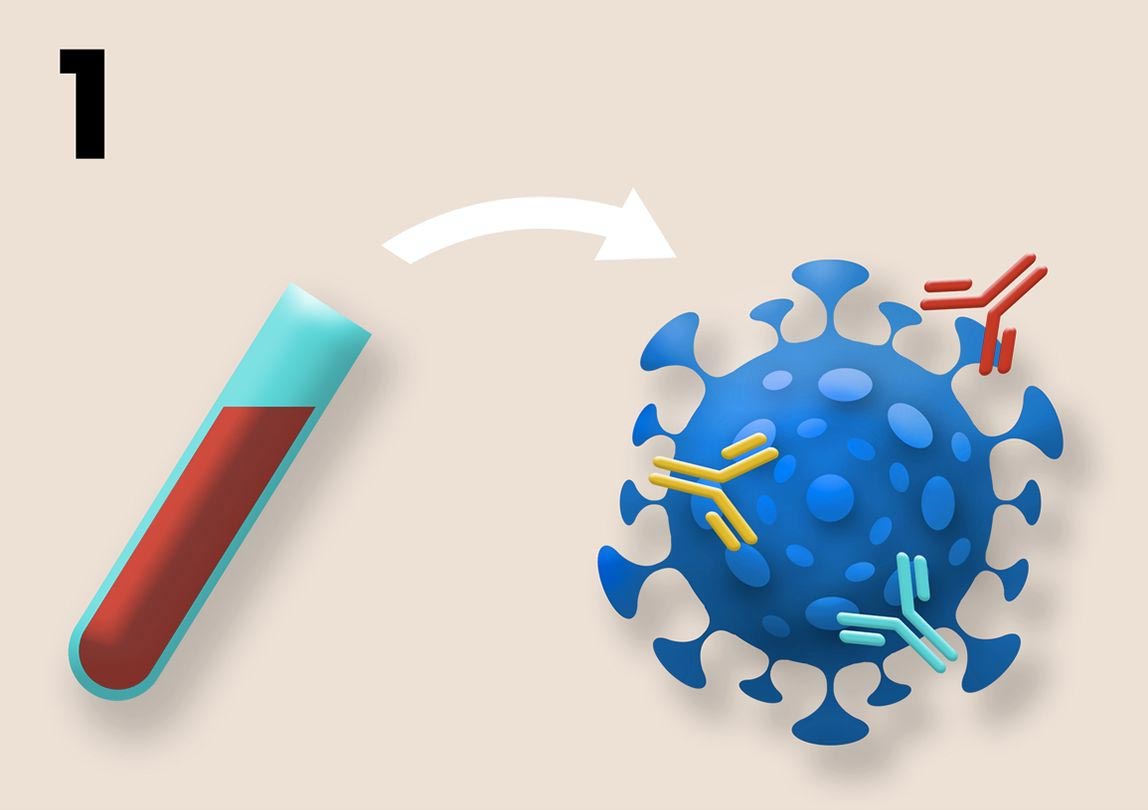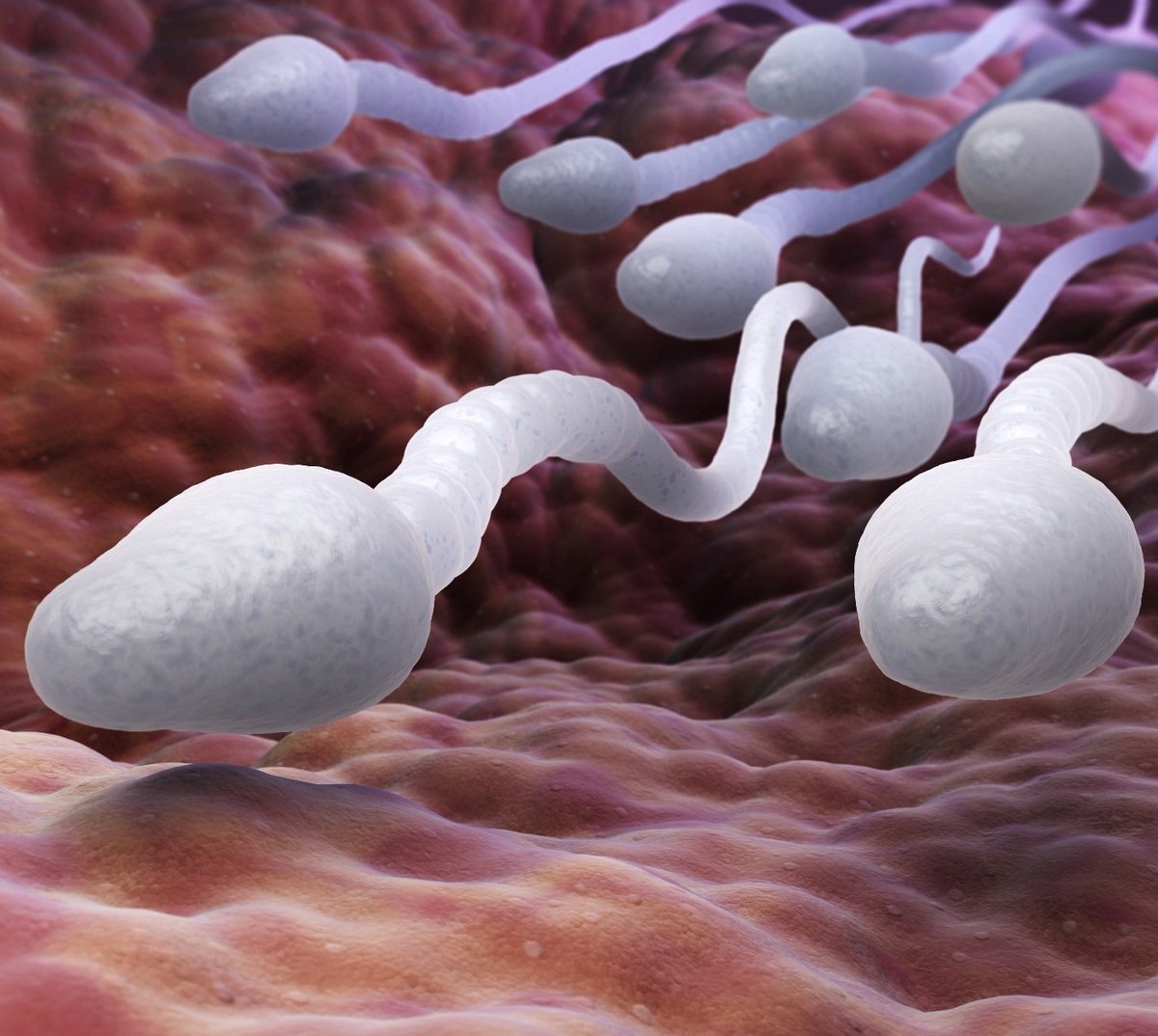What happens IF YOU LIVE on an ISLAND during the PANDEMIC?
COVID-19 in SARDINIA
(A fascinating study 💯👍)
sciencedirect.com/science/articl…

COVID-19 in SARDINIA
(A fascinating study 💯👍)
sciencedirect.com/science/articl…

2) The study examines the impact of insularity on the diffusion and genetic diversity of SARS-CoV-2 in the island of Sardinia, Italy over the first 3 years of the COVID-19 pandemic. 

3) Key findings:
- Sardinia had a lower overall COVID-19 incidence compared to mainland Italy, likely due to its insular geography and limited connectivity. However, it experienced multiple peaks in infections, often linked to tourism influxes.
- Sardinia had a lower overall COVID-19 incidence compared to mainland Italy, likely due to its insular geography and limited connectivity. However, it experienced multiple peaks in infections, often linked to tourism influxes.

4) - Sardinia was circulated by at least 87 distinct SARS-CoV-2 lineages, including some that were rarely found nationally or in other Mediterranean islands. This suggests multiple independent importation events. 

5) - The relative frequency of SARS-CoV-2 lineages in Sardinia showed a unique pattern, with rapid replacement of dominant variants over time, compared to more heterogeneous composition on the mainland. 

6) - Certain lineages were found only in Sardinia and not reported elsewhere in Italy or globally, highlighting how insularity can lead to the expansion of rare variants.
The study demonstrates how the genomic diversity of SARS-CoV-2 in Sardinia was shaped by a complex interplay
The study demonstrates how the genomic diversity of SARS-CoV-2 in Sardinia was shaped by a complex interplay

7) ...of geographical isolation, low population density, and tourism factors that both facilitated the import of uncommon variants and delayed the entry of otherwise common variants.
Thanks for reading 🙏
Thanks for reading 🙏

• • •
Missing some Tweet in this thread? You can try to
force a refresh

















